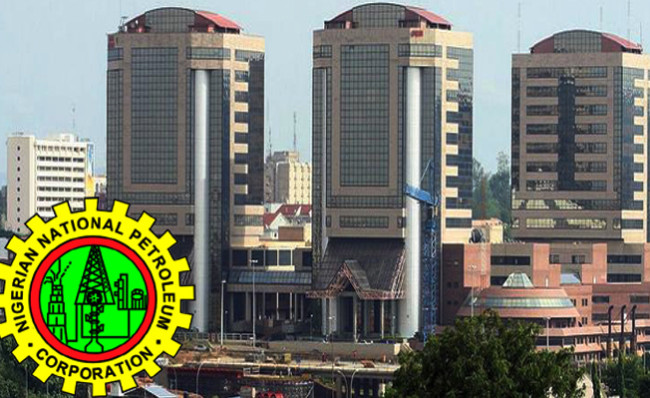Escravos-Lagos pipeline resumes gas supply leading to recovery of 1143Mw

The Escravos-Lagos Pipeline (ELP). damaged by fire last week, has been fixed, resulting in gas supply to customers on the line, including power generating companies.
The resumption of gas supply, has also led to the recovery of 1143Megawatts lost to the incident.
The Nigerian National Petroleum Corporation (NNPC), which made this known yesterday in a statement, said the repair work followed the directive by the Group Managing Director, Dr. Maikanti Baru, to carry out an assessment of the damage with a view to getting a prompt solution.
The statement, issued by NNPC Group General Manager, Group Public Affairs Division, Ndu Ughamadu, said a section of the ELP at Abakila in Ondo State blew up in flames on January 2, 2018 as a result of bush fire, saying the accident affected gas supply to customers in Ondo, Ogun and Lagos states, with subsequent shutdown of a number of power plants.
He said with the restoration of the ELP and resumption of gas supply, the affected power plants with a combined generating capacity of 1143Mw, are now in a position to resume power generation soon.
Ughamadu listed the affected power plants to include: Egbin in Lagos State; Olorunshogo, PEL Olorunshogo and Paras Power plant in Ogun State; and Omotosho in Ondo State.
The 36-inch Escravos to Lagos Pipeline System (ELPS), is a natural gas pipeline built in 1989 to supply gas from Escravos in the Niger Delta, to various consumption utilisation areas, in the South-west and also feeds the West African Gas Pipeline System.
Meanwhile, the Minister of Power Works and Housing, Babatunde Fashola, said yesterday that the ministry plans to expand the distribution network of the electricity Distribution Companies (DisCos) to incorporate the 2,000Mw that has been stranded.
He said: “We are putting together a policy to help expand the distribution network of the DisCos and use this to distribute the 2000Mw currently available, but cannot be distributed.”
He called on manufacturers to make available information on their location and the amount of power they need from the undistributed 2,000Mw.
Fashola, who spoke at the 23rd Monthly Power Sector Operators meeting in Lafia, Nasarawa State, urged the sector to work harder this year to increase people’s access to meters and reduce the incidents of estimated billing, stressing that the Nigeria Electricity Regulatory Commission (NERC), would conclude the Meter Regulations that will open up the meters’ supply and installation business.
FasholaHe regretted that in the “first few days of the new year, we suffered a set back to our power supply which was caused by damage to the gas supply network around Okada.”
He said NNPC had last night informed the ministry on the completion of the repairs, saying what was left was to test the lines and restore pressure and supply gas to the generation companies.
Fashola said: “One-by-one, all the stakeholders from GenCos, TCN and DisCos will work to restore supply to the levels they were before the pipeline damage,” saying a few months ago, the Nigerian Electricity Regulatory Commission (NERC) formally presented the Mini Grid Regulations to the government.
He said last month in Abuja, Nigeria through the Rural Electrification Agency, hosted a Mini Grids Summit that is the largest ever attended in Africa with 600 participants from about 40 countries.
Fashola said the emphasis now is on “mini grids that will help us connect more people and boost incremental power.”
Giving account of the progress that has been made so far, he said generated power has gone up to 7000 Mw in 2017 from 3,000 Mw in May, 2015, adding that Transmission Capacity has peaked at 6900Mw in 2017 from about 5,000 Mw in May 2015..
He said “Distribution was now averaging 5,000 Mw in 2017, as against its 2650Mw in 2015”.









0 Comments